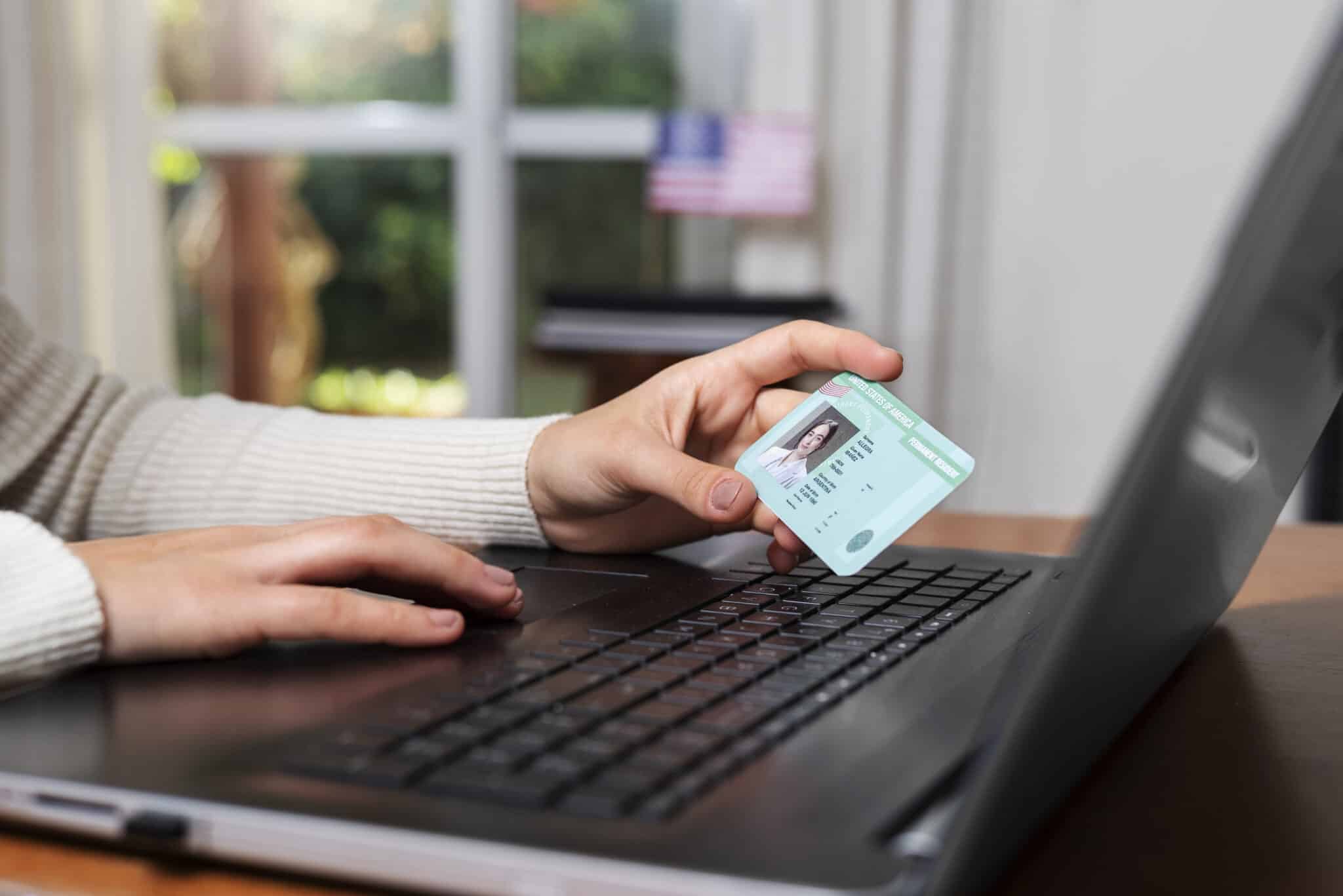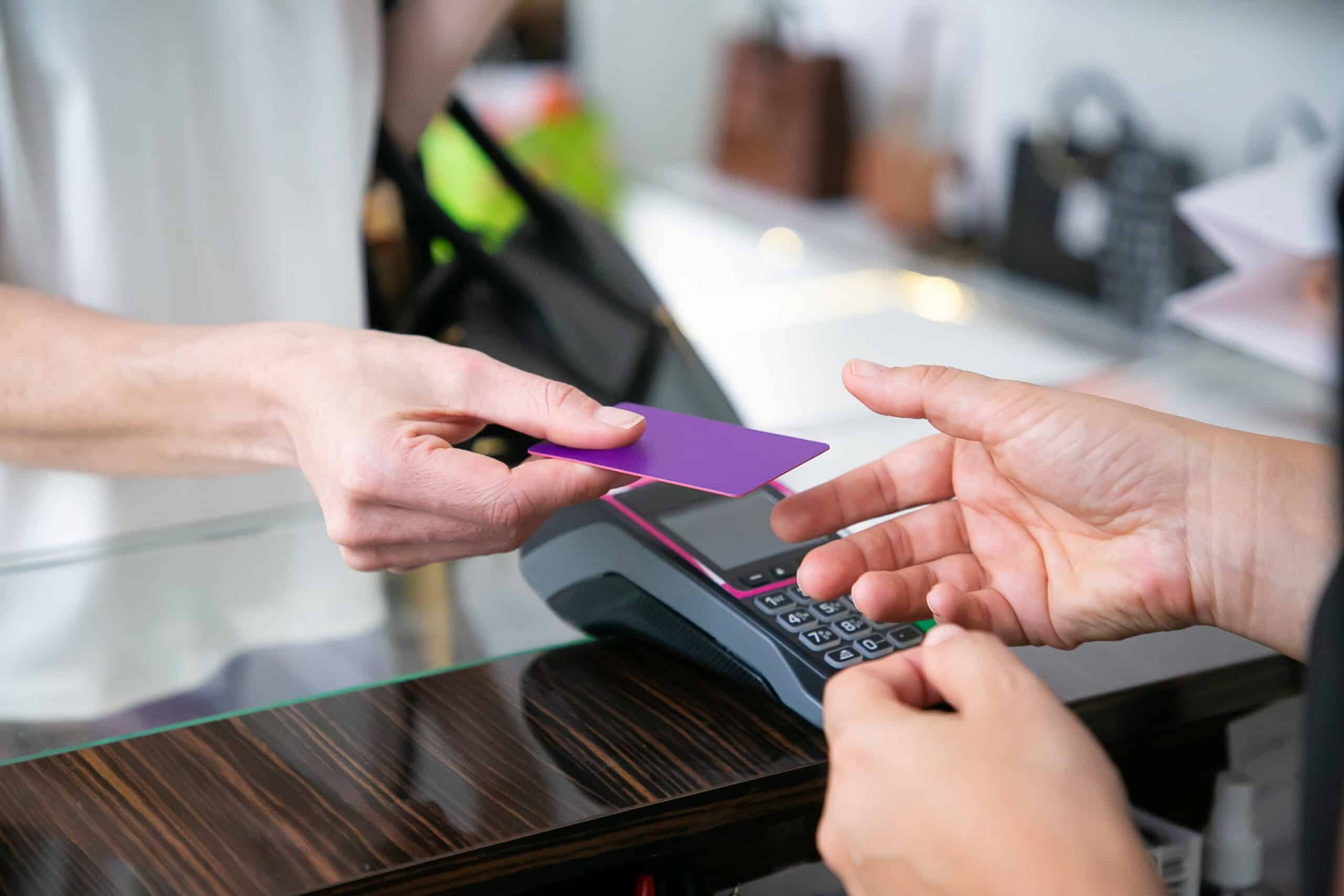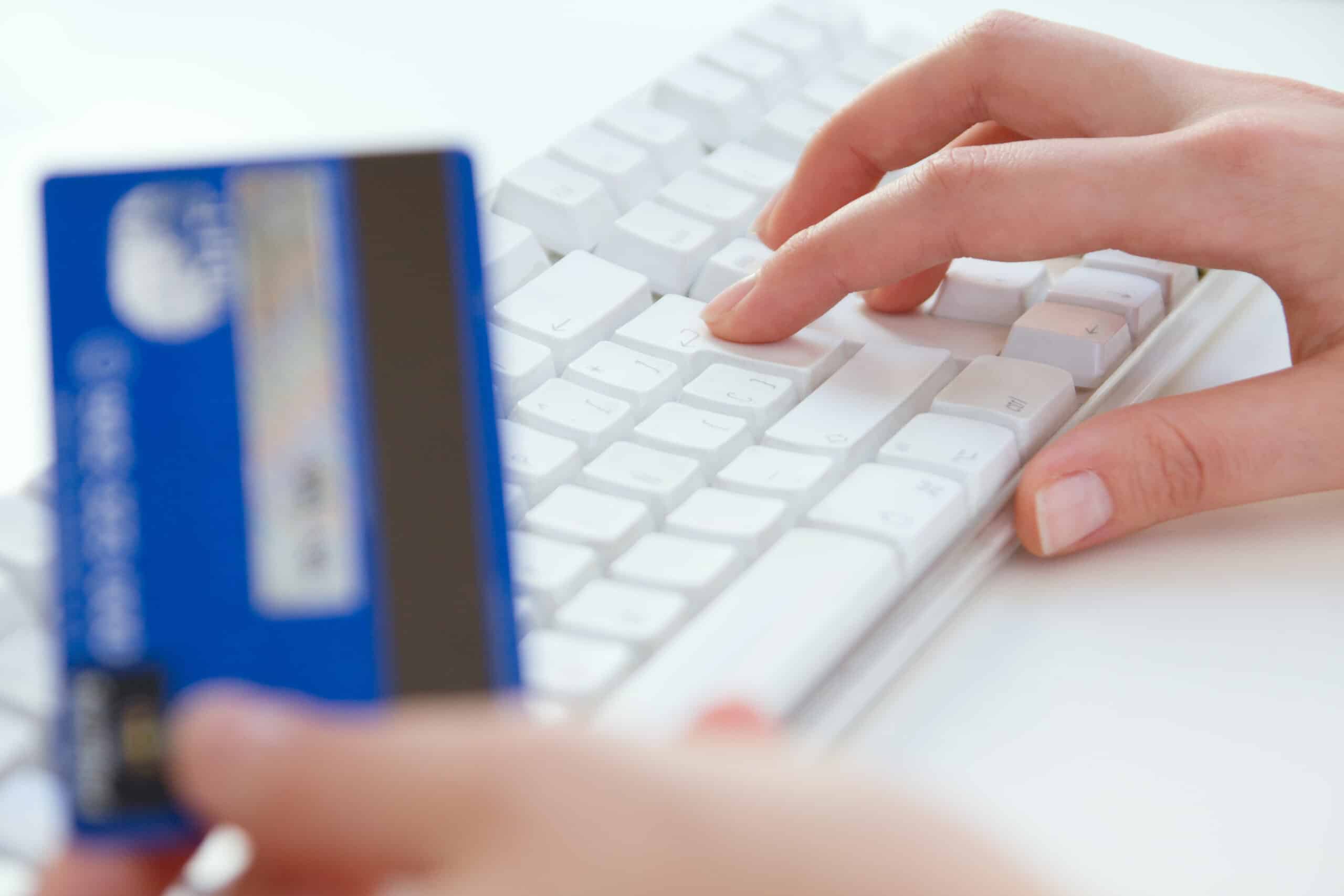How Bank Identification Number Checker Tools Prevent Payment Fraud

In the world of online payments, staying ahead of fraud is crucial for both consumers and merchants. Bank Identification Number (BIN) checker tools have become essential in the fight against payment fraud. These tools help identify suspicious transactions, verify card information, detect stolen or counterfeit cards, and prevent chargebacks. Also, prevent payment fraud with (BIN) checker tools.
But what exactly is a BIN checker tool, how does it work, and why are they so important? This article will explore the features of a good BIN checker tool and how merchants can use them to protect themselves from fraudulent activity.
What Is a Bank Identification Number (BIN)?
A Bank Identification Number (BIN) is a unique set of numbers that identifies the issuing financial institution of a payment card like credit or debit card. It plays a crucial role in verifying and authorizing online transactions.
These BINs not only help in identifying the card issuer but also play a vital role in validating transactions by ensuring that the payment is processed securely. The BIN is the starting point for the transaction process, helping to route information to the correct issuer and providing insights into the type of card being used. BINs play a crucial role in enhancing financial security by enabling swift identity verification and aiding in fraud prevention measures. This is essential in safeguarding sensitive financial information during online transactions, ultimately protecting both consumers and businesses.
How Does a BIN Checker Tool Work?
A BIN Checker Tool functions by cross-referencing the Bank Identification Number (BIN) of a card with a comprehensive BIN database to verify and validate the card details during a transaction.
This operational process plays a crucial role in detecting and preventing fraudulent activities in payment processing systems. By instantly identifying the issuing bank and card type based on the BIN, the tool enhances security measures and ensures that transactions are legitimate.
The tool’s data validation capabilities assist in reducing errors and ensuring smooth transactions for both consumers and businesses. Leveraging the BIN database, these tools provide real-time insights that enable businesses to make informed decisions and safeguard against potential risks associated with unauthorized transactions.
Why Are BIN Checker Tools Important in Preventing Payment Fraud?
BIN Checker Tools are essential in combating payment fraud by enhancing identity verification, securing card transactions, and mitigating risks associated with fraudulent activities within the financial industry.
These tools play a crucial role in validating the authenticity of transactions, ensuring that the payment details provided match the issuing bank’s records. By cross-referencing the Bank Identification Number (BIN) of a card, BIN Checker Tools help financial institutions verify the cardholder’s identity and minimize the chances of unauthorized or fraudulent transactions. These tools enable businesses to detect suspicious activities promptly, thereby safeguarding the integrity of their payment processing systems and protecting both themselves and their customers from potential cyber threats.
Identifying Suspicious Transactions
BIN Checker Tools play a critical role in identifying suspicious transactions by analyzing patterns, conducting risk assessments, and detecting potential fraudulent schemes.
These tools serve as a front line of defense for businesses and financial institutions against fraudulent activities. By examining the Bank Identification Numbers (BINs) in payment card transactions, BIN Checker Tools can reveal crucial information such as the card issuer, country of origin, and card type. This data allows organizations to flag irregularities and anomalous behavior that may indicate fraudulent payment requests or unauthorized transactions. The real-time nature of BIN Checker Tools enables swift response to potential threats, enhancing overall fraud prevention strategies.
Verifying Card Information
BIN Checker Tools verify card information by authenticating cardholder details, ensuring secure payment verification, and preventing fraudulent card usage that could lead to identity theft.
These tools play a crucial role in the online payment process, where they cross-reference the Bank Identification Number (BIN) with the cardholder’s information to confirm the validity of the transaction. By cross-referencing the BIN database, these tools can verify the authenticity of the card and ensure that the payment details match the registered cardholder.
This process adds an extra layer of security to transactions, helping to protect against unauthorized usage and potential identity theft. BIN Checker Tools help in identifying suspicious activities and flagging potentially fraudulent transactions for further investigation, safeguarding both merchants and consumers from financial risks associated with card fraud.
Detecting Stolen or Counterfeit Cards
BIN Checker Tools aid in detecting stolen or counterfeit cards by analyzing transaction patterns, minimizing financial losses, and conducting behavioral analysis to identify potential fraudulent schemes.
These tools play a crucial role in verifying the bank identification numbers (BINs) of credit and debit cards during transactions. By cross-referencing BIN information with databases of known fraudulent cards, BIN Checker Tools can flag discrepancies and alert users to potential risks. This proactive measure helps in safeguarding financial security by preventing unauthorized transactions and reducing instances of fraud.
The behavioral analysis feature of these tools can identify suspicious activity, such as multiple failed attempts or unusually high-value transactions, enabling users to take necessary precautions to mitigate risks.
Preventing Chargebacks
BIN Checker Tools contribute to preventing chargebacks by ensuring transaction authorization, monitoring for fraudulent charges, and detecting suspicious activities that could lead to fraudulent transactions.
These tools play a crucial role in verifying the authenticity of transactions, primarily by cross-referencing the Bank Identification Number (BIN) with the issuing bank database. By flagging any discrepancies or anomalies during the transaction process, BIN Checker Tools help merchants mitigate the risk of falling victim to payment fraud.
By continuously monitoring transactions for any irregular patterns or suspicious activities, these tools provide an added layer of security, allowing businesses to proactively identify and address potential fraud before it escalates into serious chargeback issues.
What Are the Features of a Good BIN Checker Tool?
A good BIN Checker Tool should have features such as an accurate BIN database, real-time updates, and a user-friendly interface to efficiently detect fraud and streamline payment processing.
Accuracy in BIN databases is crucial as it ensures that the tool can correctly identify the issuing bank and other key information associated with a card’s BIN number. Real-time updates are essential to keep the database current with the latest information, enhancing the tool’s effectiveness in detecting fraudulent activities promptly. A user-friendly interface simplifies the process for users, making it easier for them to perform quick and accurate BIN checks, ultimately contributing to a smoother payment processing experience.
Accurate BIN Database
An accurate BIN database is a fundamental feature of a good BIN Checker Tool, enabling precise data validation and effective fraud detection during payment processing.
By cross-referencing the Bank Identification Number (BIN) with a comprehensive database, the BIN Checker Tool can authenticate the card details, validate the issuing bank, and detect any inconsistencies or potential fraudulent activities. This process is crucial for securing online transactions and preventing unauthorized access to sensitive financial information.
The BIN database serves as a valuable tool for merchants to verify the legitimacy of transactions, reduce chargebacks, and enhance overall payment security measures. In this digital age, where cyber threats constantly evolve, leveraging an up-to-date BIN database in a BIN Checker Tool is essential for maintaining a secure and reliable payment processing system.
Real-time Updates
Real-time updates are crucial for a good BIN Checker Tool as they enable continuous monitoring, enhance fraud prevention measures, and detect evolving fraudulent patterns in transactions.
These updates play a pivotal role in identifying and blocking suspicious activities promptly, helping organizations stay ahead in the battle against fraud. By leveraging real-time data, the tool can quickly adapt to new fraud tactics and prevent potential losses. Through constant updates, the system can analyze transaction data more effectively, flagging any anomalies or unusual patterns that may indicate fraudulent behavior. This proactive approach not only safeguards financial transactions but also strengthens the overall security infrastructure of businesses, providing peace of mind to both companies and their customers.
User-friendly Interface
A user-friendly interface is essential for a good BIN Checker Tool to ensure secure transactions, enhance payment security, and simplify the identification of fraudulent attempts during online transactions.
An intuitive interface plays a crucial role in providing users with a seamless experience while verifying transaction details using a BIN checker. By incorporating clear navigation, well-defined features, and responsive design, the tool can aid users in quickly accessing the information they need to validate credit card transactions.
This results in a more efficient process of detecting potential fraud and protecting against unauthorized transactions. A visually appealing and user-centric interface fosters trust and confidence among users, encouraging them to rely on the tool for secure payment processing.
Additional Fraud Prevention Tools
Good BIN Checker Tools may include additional fraud prevention tools to further enhance security measures, prevent fraudulent behavior, and promote the use of secure payment methods in online transactions.
These additional fraud prevention tools play a crucial role in safeguarding sensitive customer information, detecting and blocking suspicious transactions, and minimizing the risk of financial losses due to fraudulent activities.
By integrating advanced security features such as real-time transaction monitoring, anomaly detection algorithms, and multi-factor authentication, BIN Checker Tools can effectively combat various forms of online payment fraud.
The use of secure payment methods like tokenization and encryption further reinforces the protection of payment data, instilling trust among customers and ensuring a secure online shopping experience.
How Can Merchants Use BIN Checker Tools to Protect Themselves?
Merchants can leverage BIN Checker Tools to protect themselves by implementing risk mitigation strategies, enhancing payment verification processes, and ensuring secure online transactions.
By utilizing BIN Checker Tools, merchants can effectively guard against fraudulent activities in online transactions. These tools provide valuable insights into the issuing bank, card type, and country of origin of the card being used, allowing merchants to verify the legitimacy of transactions. This verification process not only reduces the risk of chargebacks but also enhances customer trust by ensuring that payments are secure and legitimate. Incorporating BIN Checker Tools into their payment processing systems is a proactive step that merchants can take to safeguard their financial interests and reputation in the digital marketplace.
Implementing BIN Verification in the Payment Process
Merchants can enhance payment security by integrating BIN verification into their payment processes, ensuring proper payment authorization, utilizing payment verification services, and preventing payment fraud.
This implementation involves the utilization of the Bank Identification Number (BIN) to validate and authenticate the payment card in real-time. By cross-referencing the BIN database, merchants can verify the card details provided by the customers, ensuring that the transaction is legitimate and reducing the risk of fraud. In addition, incorporating BIN verification enables merchants to analyze transaction patterns and flag any suspicious activities, thus adding an extra layer of security to their payment processing system.
Monitoring Transactions for Suspicious Activity
By monitoring transactions for suspicious activity using BIN Checker Tools, merchants can prevent fraudulent charges, detect fraudulent transactions, and identify irregular patterns indicative of potential fraud.
These tools play a crucial role in safeguarding businesses against financial losses and reputational damage caused by fraudulent activities. Through real-time monitoring, BIN Checker Tools enable merchants to swiftly flag any suspicious transactions, helping them take immediate action to prevent further fraudulent activities. By analyzing transaction data and cross-referencing it with known fraud indicators, merchants can also proactively identify patterns that suggest fraudulent behavior and implement robust security measures to protect their customers’ sensitive information.
Partnering with Reliable BIN Checker Tool Providers
Merchants can enhance their security measures by partnering with reliable BIN Checker Tool providers who offer expertise in payment fraud risk management, safeguarding against fraudulent cardholder information, and ensuring secure online payment processing.
These reputable providers utilize advanced algorithms to validate credit card transactions and identify any suspicious activities in real-time. By integrating BIN Checker Tools into their systems, merchants can lower the chances of falling victim to fraudsters and protect their customers’ sensitive payment data. This proactive approach not only enhances the overall security posture of the merchant but also instills trust among online shoppers, leading to increased sales and sustainable business growth.
Frequently Asked Questions
What is a Bank Identification Number (BIN) and how does it relate to payment fraud?
A Bank Identification Number (BIN) is the first six digits of a credit or debit card number, and it is used to identify the issuing bank. BIN checker tools can help prevent payment fraud by verifying the validity of the BIN and detecting potential fraudulent transactions.
How do BIN checker tools prevent payment fraud?
BIN checker tools use complex algorithms and databases to check the validity of the BIN and compare it to known fraudulent patterns. This helps identify any suspicious activity and flag it for further review or action.
Do all banks and financial institutions use BIN checker tools?
While many banks and financial institutions use BIN checker tools to help prevent payment fraud, it is not a universal practice. It is important for consumers to be aware of their bank’s security measures and take precautions to protect their accounts.
Can BIN checker tools prevent all types of payment fraud?
While BIN checker tools are an important tool in the fight against payment fraud, they cannot prevent all types of fraud. Other security measures, such as two-factor authentication and fraud monitoring, are also necessary to protect against fraudulent activity.
Are there any potential drawbacks to using BIN checker tools?
In some cases, BIN checker tools may flag legitimate transactions as potential fraud due to incorrect or outdated information in their databases. This can cause inconvenience for consumers, but it is a necessary measure to protect against fraudulent activity.
How can consumers protect themselves against payment fraud?
Consumers can protect themselves against payment fraud by regularly checking their account statements for any unauthorized charges, using secure and unique passwords, and being cautious when sharing personal and financial information online. It is also important to report any suspicious activity to your bank or financial institution immediately.



